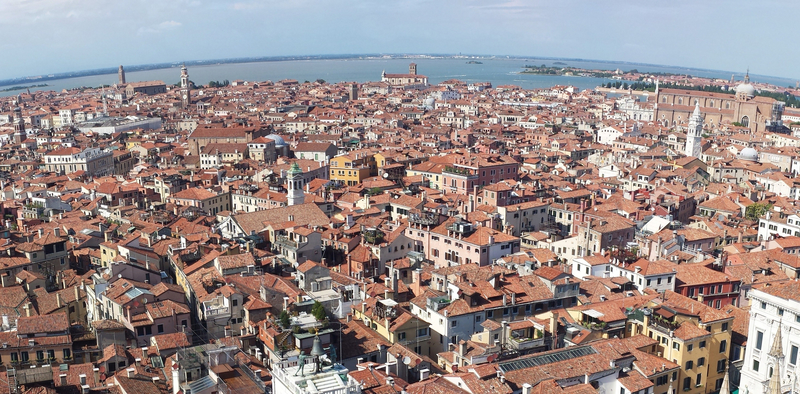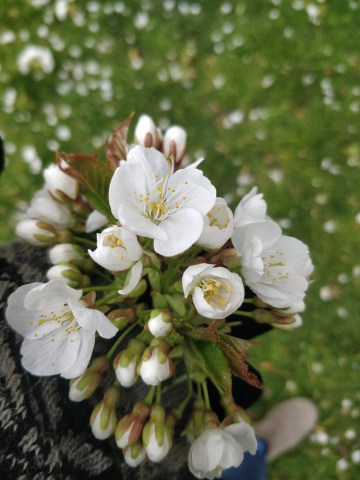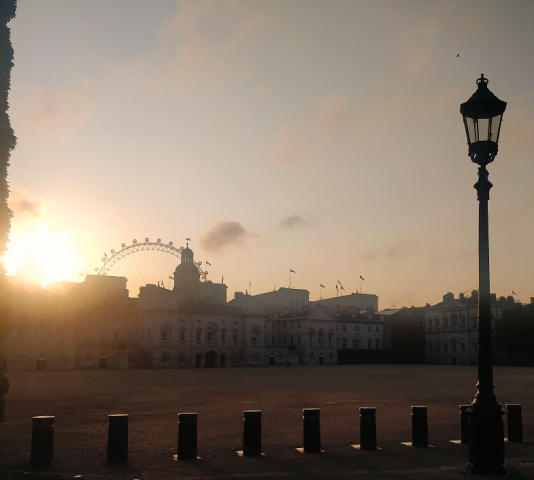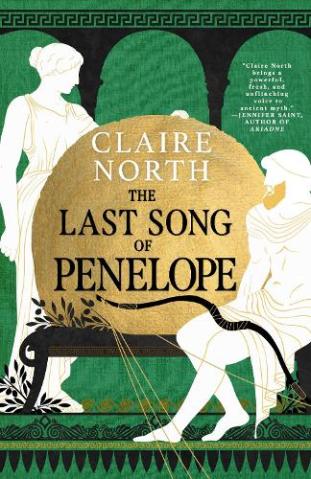What I Did on My Holidays… Venice

‘Let’s not go to Venice!’ exclaimed the gentleman I was attempting to convince to go to Venice with me. ‘It’s been discovered. It’s a tourist trap. It’s a cliche. Let’s go to Madagascar.’
Alright, I thought, I’ll play willing… let’s have a look at the guide book to Madagascar… I’m all in favour of adventurous holidays, you see, but it cannot be denied that I am in favour of flat, urban adventurous holidays, spent in cities full of history and density and sights to see and easily accessible sandwiches and frankly, the fact that page 1 of the Madagascar guidebook showed two mating giant centipedes didn’t exactly win me over so….
‘Oh all right, we’ll go to Venice for a few days,’ quoth my companion. ‘But only because Madagascar looks like it might descend into civil war.’
So, off we trotted to Northern Italy.
I’ve been to Italy before. As a kid, my family used to go with a group of maybe 5-10 other people and stay in a house in the hills of Tuscany where I learnt how to order every flavour of ice cream known to man, and how to play chess. And yes, I can play chess, and yes, I love it, and yes, I was taught that saying ‘an interesting move, Mr Bond!’ while cackling over another player’s attempt to fork your rook to your king is a perfectly acceptable bit of etiquette. Which may explain why there are at present only 3 people I know of in my circle of friends who are willing to play me on a regular basis. But moving on…
Tuscany, however, is not Venice. I mean, make no mistake, it’s beautiful. I will have until the day I die the memories of those holidays as a child. Sitting outside the house where we stayed on a stone mushroom thing that seemed to be medieval Italy’s answer to the world’s smallest picnic table, watching the sun go down behind the hills dotted with their little crusty brown towns. The night my Dad used what was known as the ‘mega torch’ to signal from that same hill that the crew would soon be coming home and could dinner please be put on; the hill of death, a path that was only a few degrees of vertical up into the town itself, graced thank Christ with vats of water for washing in at the top, one clean, one soapy. The way clothes dried instantly in the sun; the day my shoes were disinfected in protest and hung out to prove this point. The little lizards that ran between the stones; the cemetery of perfect tended graves, each one lit by a candle, that we would walk through at night coming back from the pizza place. The day we accidentally ordered seven puddings and one spoon, instead of one pudding and seven spoons, owing to a perfectly understandable mistake. The day the Italians made it into the semi-finals of the World Cup and a lady in a spotty black and white dress who couldn’t have been a day under seventy danced on the table top. The restaurant overlooking the lake, built on stilts so you could see the frogs hopping underneath. My Mum explaining the laws of electromagnetic attraction while standing underneath a giant copper bell on the tallest tower in the city of Siena…
… yeap, I’ve got a few fond memories.
But! And as previously established, Venice is not Tuscany.
For a start, we arrived in Venice by taking a train out over a lagoon. Now when I heard ‘lagoon’ I thought maybe… Serpentine sized. But oh no. This is a proper lagoon and Venice really honestly is a proper island, and the train as it rattled in from Verona was overtaken by speed boats dancing around the raised track, and the water was perfect blue. When we got off the train I expected us to be, as most stations are, on some sort of feeble excuse for a main road and, I suppose, in a way we were – bang smack on the Grand Canal, the central waterway that cuts through the city. It was like getting off the train at London Kings Cross and expecting to see the Palace of Westminster – one breath and boom, you were there, in Venice, doing the Venetian thing.
Venice is discovered, make no mistake – 75% of the people you see will be tourists and another 20% will be there for the express purpose of serving the tourist industry. But it’s not as if everyone is just piled into this one tourist area – the entire city is a tourist area, every street, every bridge, every waterway, every stone is a tourist area, every alley and twist and turn. There is only one way to get around Venice, and that’s on foot, and that is, incidentally, how I like it.
We’d booked to stay at a bed and breakfast out towards the corner of the isle, in Dorsoduro, and with the reckless abandonment of people who were working on a poorly printed map, we resolved to try and walk the best part of the way there. Navigating by maps was a fairly futile exercise anyway; half the streets weren’t named in any obvious way and the street plan twisted like a contortionist snake doing a belly dance. Waterways popped out of no where, as did people; a street that was one second empty could round a corner, pass beneath the bridged arch of a house and suddenly you wouldn’t be able to move for people, bustling and churning their way towards the main attractions of the city. We quickly learnt that the art of survival was in picking a direction and sticking to it, navigating by a few tall landmarks and our location relative to the main canals. Our bed and breakfast had been the cheapest we could find and yet even this looked out on water, and at night we could lie there to the sound of a local’s boat being moored, and the lapping of water against stone, and the sound of voices in the quiet street outside. That, and the sound of the two mosquitoes which managed to slip in the course of the 4 days we stayed there… their deaths were not honorable…
There were other keys to survival, the first of which was not to eat anywhere near San Marco or the Rialto Bridge. These were the two tourist hubs of the city; the first dominated by the Basilica with its rounded domes and images of the golden lion of the city; the second by a medley of shops selling carnival masks and the wooden arch of the bridge itself, sagging under the weight of goods for sale. Our one attempt to enter the Basilica was quickly thwarted when we saw the size of the queues and besides, we comforted ourselves, there was only so much Christian iconography that two English atheists could take in a day. Instead, I managed to coax my companion into the more historical side of things, and off we trotted to the Doge’s palace.
Now! The history of Venice is something I know very little about. I mean, it cropped up occasionally in classes at the LSE… the Battle of Lepanto, for example, is something of a hurrah moment in the course of early modern politics, but the actual society and domestic politics of the place, I had no idea. But the entire city was just soggy with the weight of it, from the Arsenal where they maintained Venice’s Mediterranean fleet, the source of most of its power for most of its career, to the white church of Santa Maria della Salute that stood on the entrance to the Grand Canal, looking out towards wider waters. The Doge’s palace was no exception, full of paintings of narrow-eyed pale-skinned men who seemed to stare down at you as though to say ‘don’t think death gets in the way of a good plan…’ The politics of Venice, it turns out, was savage, the city run for hundreds of years by a bureaucracy and an aristocracy that could have found meaning in the tilt of a hat, and killed for the very same without a qualm. You quickly realise how small the actual city was, and how dense, the ultimate alley-town where every turn could lead you to dark deeds, and where dark deeds could not happen without someone being in the know. Splendour and glory shared its back yard with crammed housing and crooked apartments – and Venice has spent several hundred years in decline. Even looking with a tourist’s eye you can begin to see the cracks spreading in some of the walls, the paint flaking, the towers leaning. Venice is a city in trouble in many ways.
But! Take the boat out to Murano, source of some of the brightest and most expensive bits of glass I have ever seen, and you can easily forget the troubles of the city. Public transport = boats, from over-priced gondoliers in silly hats, to more sensible river buses that chug and churn up the water merrily in their wake. Like all good public transport everywhere, the ticketing system is bewildering to a foreigner and there’s always someone waiting to get on at the stop by the Franciscan monastery, who has too much shopping to load and is taking their time about getting it up the pier. Everywhere you go there’s symptoms of time, from churches of cracked ancient stone to art galleries containing pieces by Picasso saved from being burnt in war. There’s also the odd symptom of what I regard as a fully functioning city – a Chinese takeaway smuggled in beneath the arches of a some-time nunnery; a supermarket tucked in besides the mansion of an ancient Venetian family; and of course, the obligatory pizza wrapped in greasy paper sold by a man by a sealed-over medieval well, now covered in graffiti. The Venetians do a good line in graffiti, if you’re wondering – after all, if the youngest part of your city is still several hundred years old then are you really going to be that reverent about painting on it? Really?





